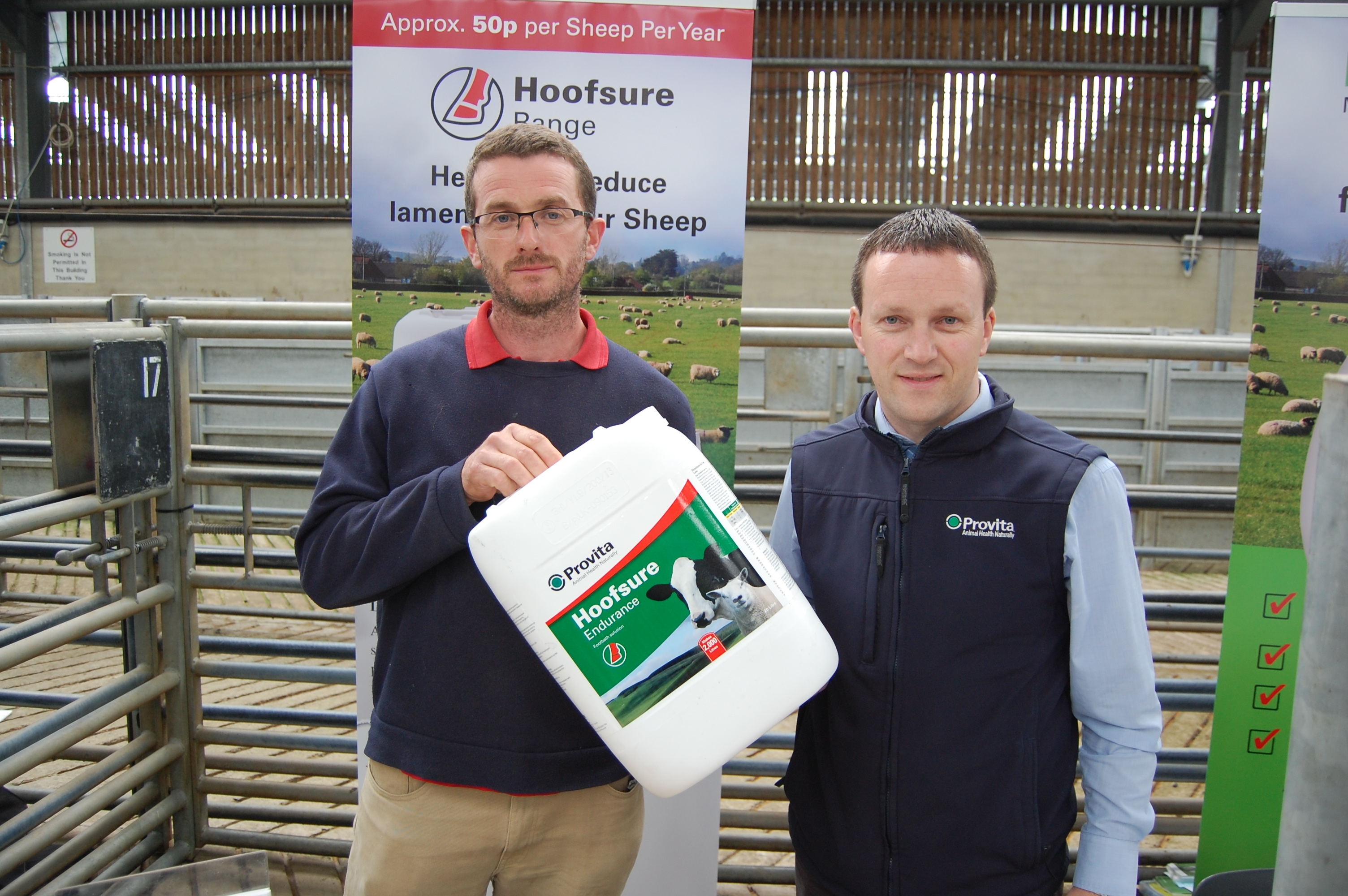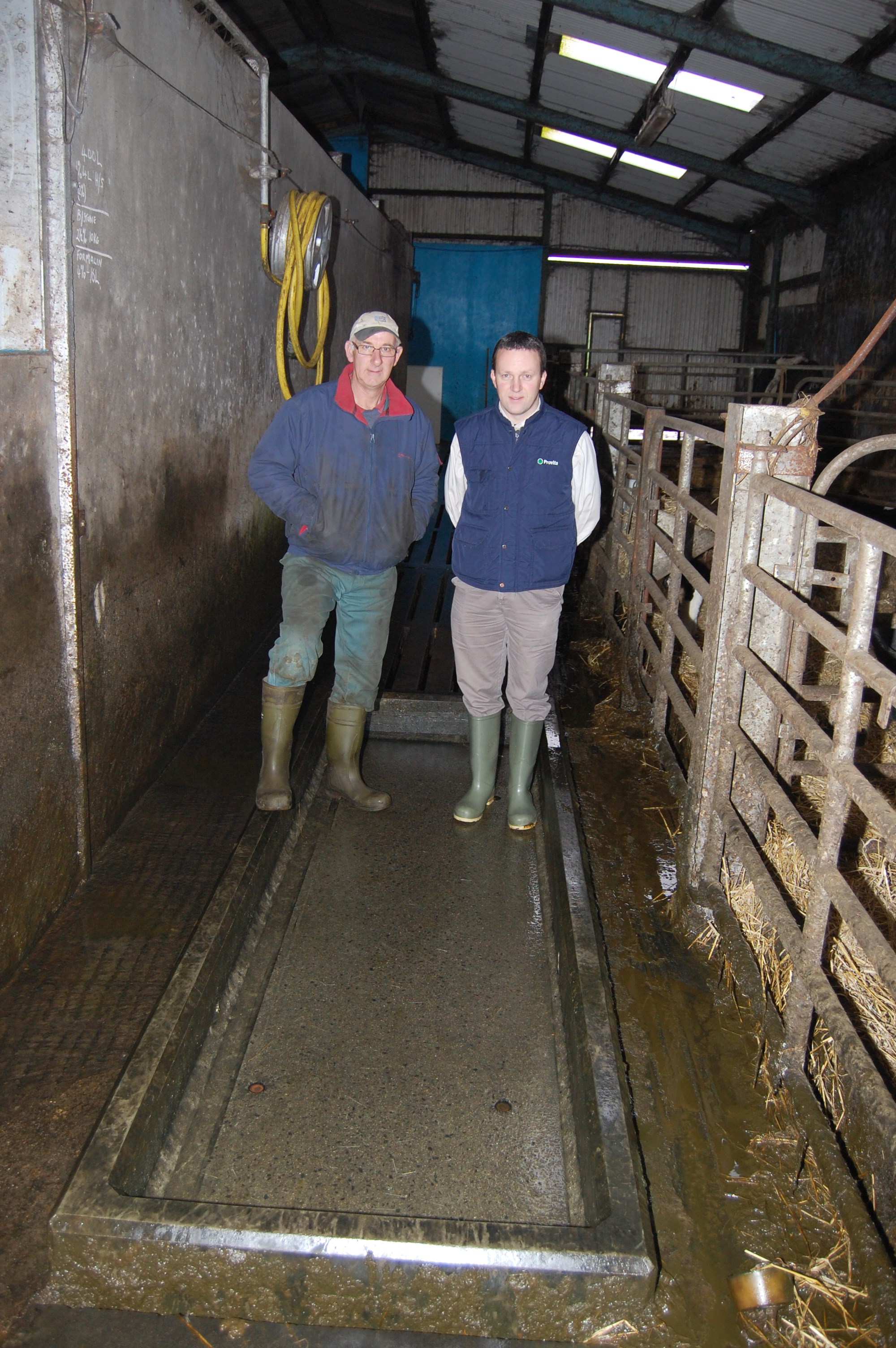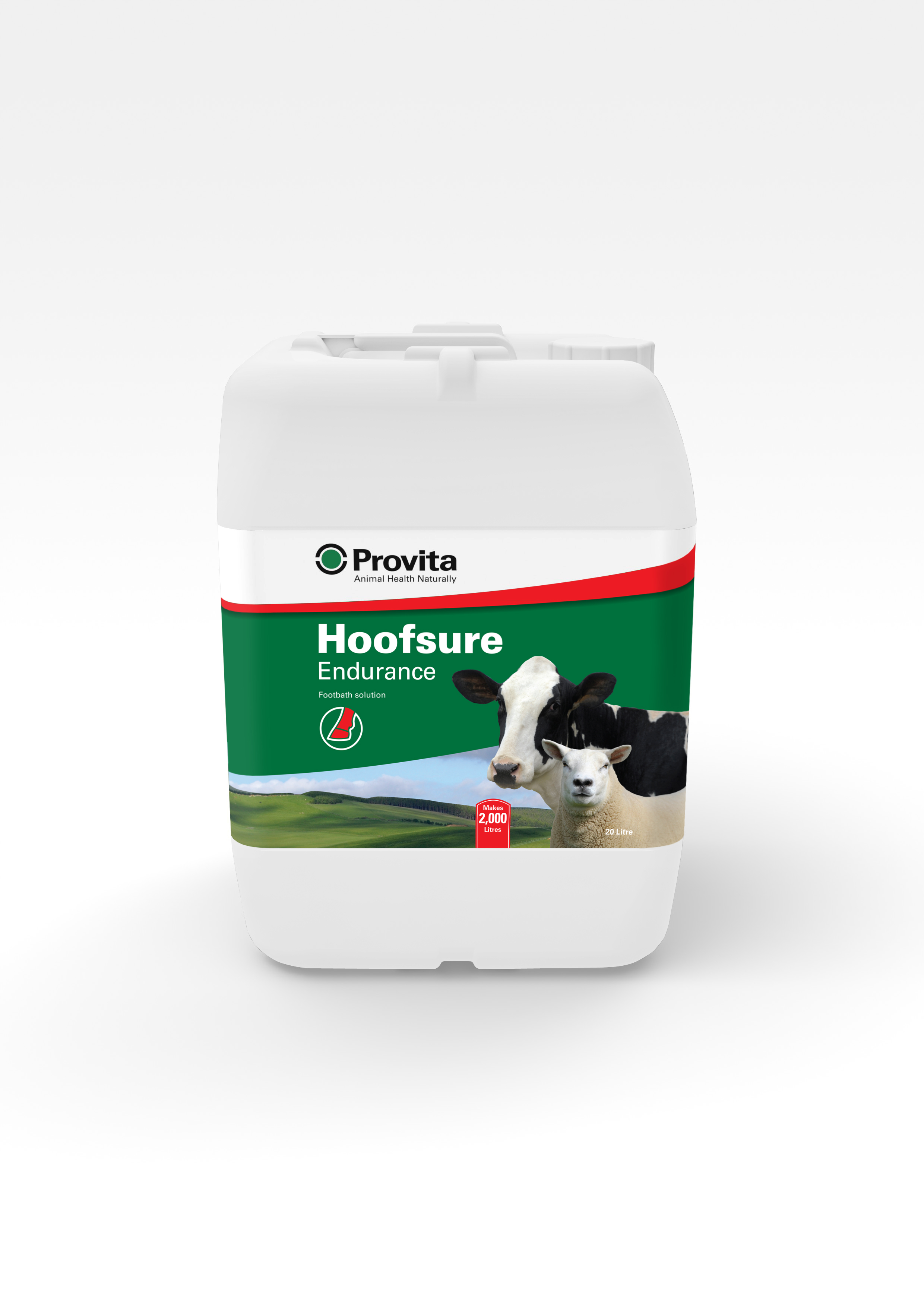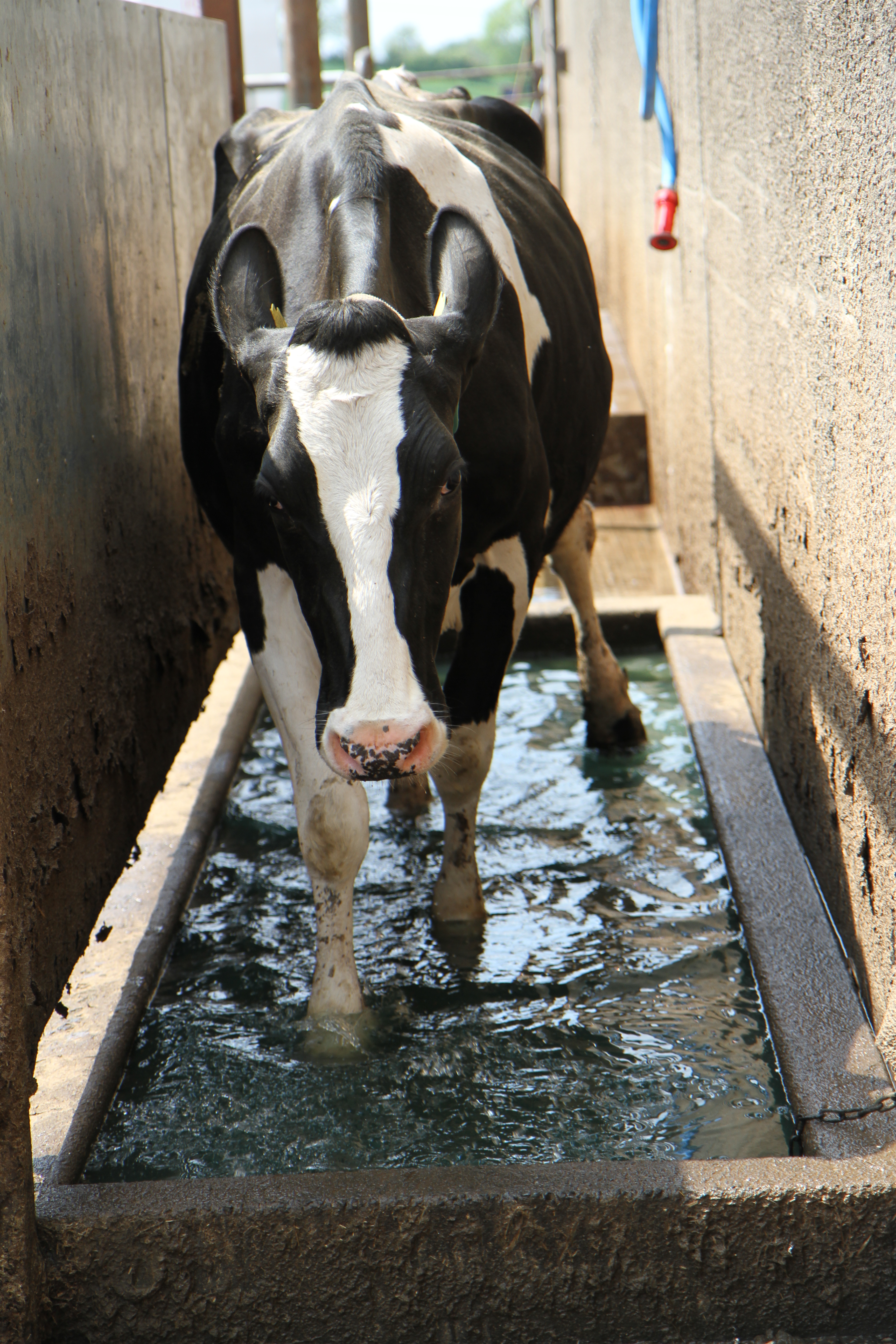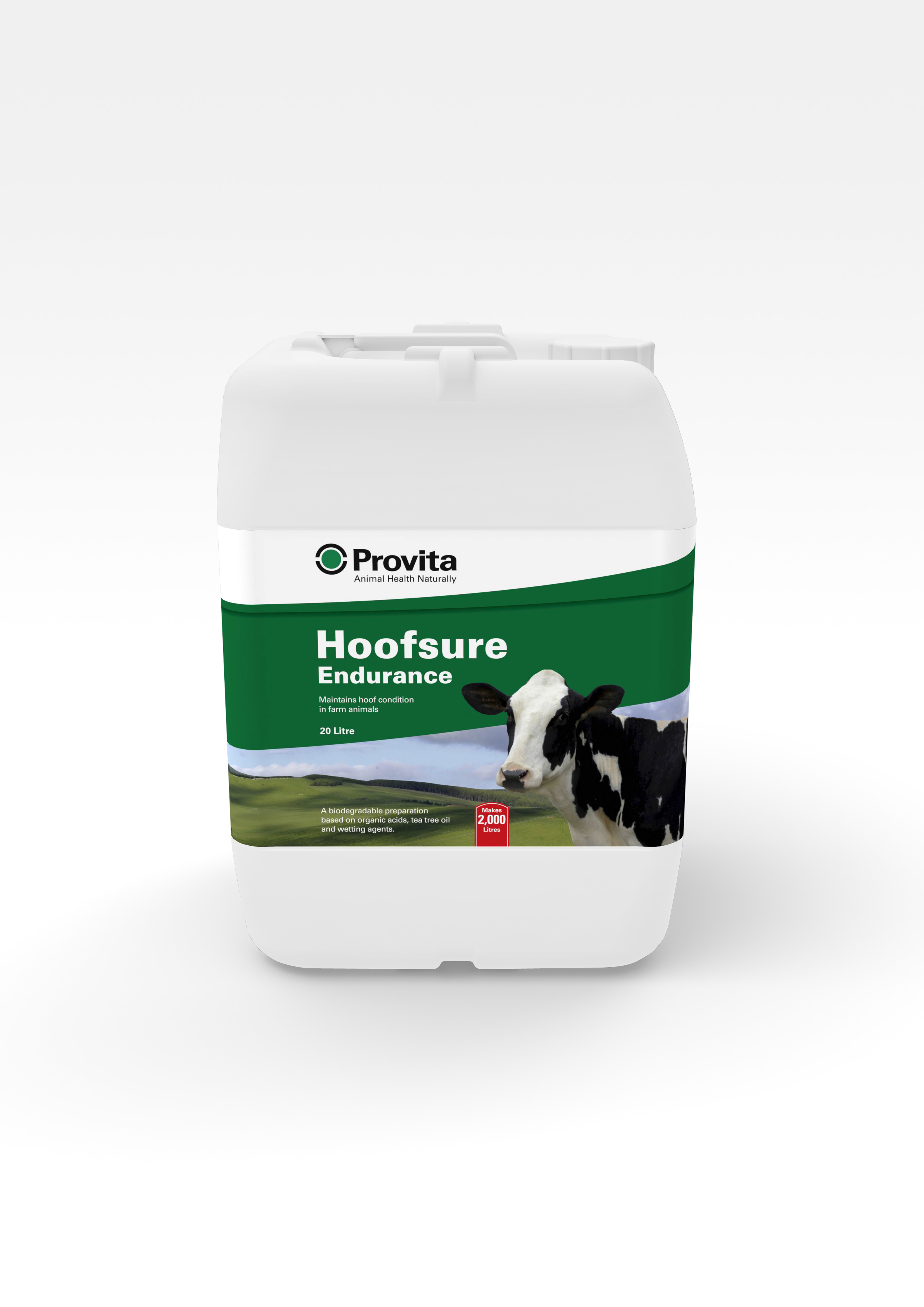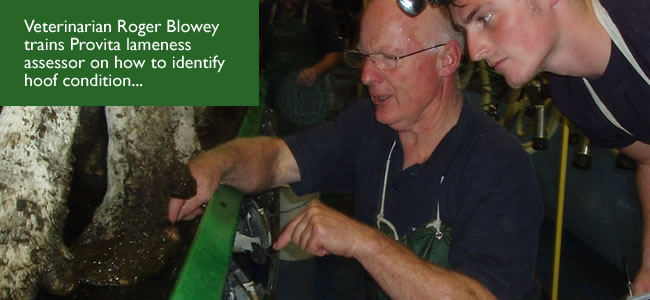Research from DairyCo shows that lameness can be successfully reduced by up to 70% through effective footbathing. It can be assumed that with the average UK milk output per cow and average herd size having increased by approximately 20% and 30% respectively in the last 10 years alone, lameness levels and stress on cows feet will also rise (Dairy Co Datum 2014).
The role of the veterinarian in reducing lameness levels has been discussed at recent conferences such as at the Cattle Lameness Conference 2015 and International Lameness Conference 2013, in Bristol. It has been suggested that not only has the size and shape of farms altered but so have the roles and responsibilities of farm owners, workers as well as vets and other contractors (Alcock, 2015).

